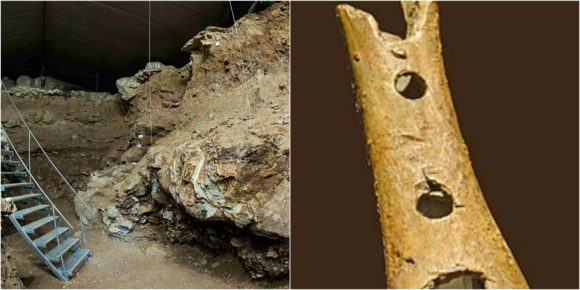Medical Archeology! — a resurrected ancient brew kills MRSA
As we have always known, an ancient brew is a powerful thing…

From Smithsonian.com,
This Nasty Medieval Remedy Kills MRSA
An ancient brew could lead to modern-day drugs to fight the superbug
By Erin Blakemore
“Why would scientists revive a thousand-year-old medical recipe for a foul-smelling concoction? They suspected it could have a very real benefit, and it turns out they were right. An Anglo-Saxon brew kills methicillin-resistant Staphylococcus aureus, or MRSA, scientists from the U.K. have announced.
When microbiologist Freya Harrison chatted with Christina Lee, an Anglo-Saxon scholar, she was intrigued by a nasty-sounding recipe in Bald’s Leechbook, a thousand-year-old compendium of medical advice and potions. Here’s the recipe, which was recommended to fight infected eyelash follicles (styes):
Take cropleek and garlic, of both equal quantities, pound them well together… take wine and bullocks gall, mix with the leek… let it stand nine days in the brass vessel…
Intrigued by the possibility that the recipe had anti-bacterial properties, Harrison set forth on a quest to recreate it as accurately as possible. She looked for heritage vegetable varieties, used historic wine and immersed brass into the mixture so she could use sterile glass bottles. And she sourced “bullocks gall,” or cow bile, using salts that are usually prescribed for people who have had gall bladder removal surgery…”
Read more.
Share

